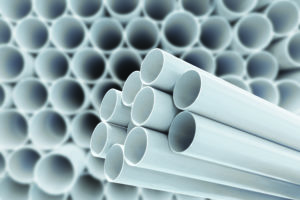PVC is an amorphous thermoplastic material, with a range of continuous use temperatures varying by type (Type I, Type II or CPVC).
Benefits of Industrial PVC/CPVC
Chemical resistance
High impact strength/stiffness
Easy to fabricate and process
Excellent electrical insulation
Low flammability rating
Smooth surface (Type I)
High heat distortion temperature (CPVC)
Extremely low moisture absorption (CPVC)
Technical Resources
- Polycarbonate vs. Acrylic vs. Glass: What’s the Best Fit for Your Project?
- PVC vs CPVC: Which Is Better?
- Polypropylene vs. Polyethylene: How Do They Differ?
- Thermosets vs Thermoplastics: How They Differ
- Homopolymer vs Copolymer
- Plastics Pyramid
- Amorphous vs Semicrystalline
- Fiber Reinforced Panel Alternatives
- How To Choose the Right Plastic for Your Project
- LEXAN™ CLINIWALL™: Next Generation Wall Cladding
- BioPhorum, Polymershapes, and the Future of Material Sterilization
- Design for Manufacturability and Its Importance
Common Applications
Physical Properties
| Units | ASTM Test | PVC Type I/II | CPVC | |
|---|---|---|---|---|
| Tensile strength @ break @ 73°F | psi | D638 | 5,970 – 7,370 | 7,500 – 7,790** |
| Flexural modulus @ 73°F | psi | D790 | 333,000 – 466,000 | 349,000 – 404,000 |
| Izod impact (notched) | ft-lbs/in of notch | D256 | 0.3 – 20 | 1.5 – 2.5 |
| Deflection Temperature Under Load @ 264 psi | °F | D648 | 138 – 170 | 177 – 235 |
* Technical Data is provided courtesy of UL Prospector (www.ulprospector.com) and IAPD (www.IAPD.org).
Data is to be considered representative and is provided for guidance only. All product performance must be verified by the user under actual application conditions.
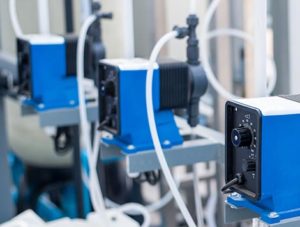 Chemical Processing
Chemical Processing
 Die Cutters
Die Cutters
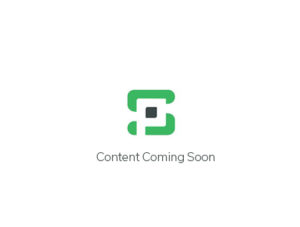 Electrical Applications
Electrical Applications
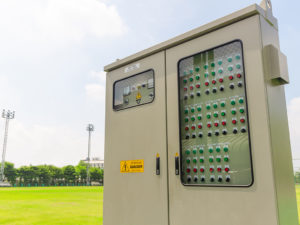 Enclosures
Enclosures
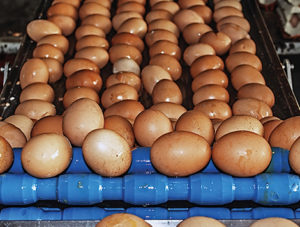 Food & Beverage Preparation/Processing
Food & Beverage Preparation/Processing
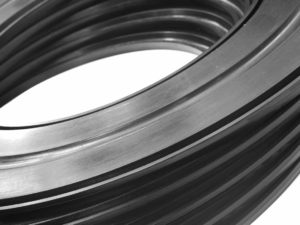 Gaskets & Seals
Gaskets & Seals
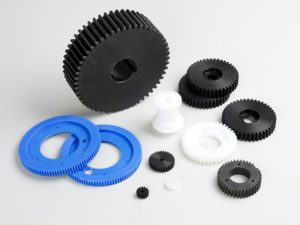 Gears
Gears
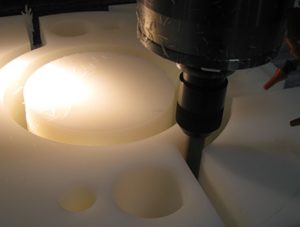 Machine Shops
Machine Shops
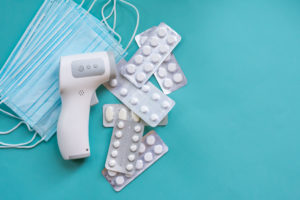 Medical Packaging
Medical Packaging
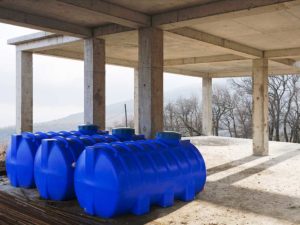 Plastic Storage Tanks
Plastic Storage Tanks
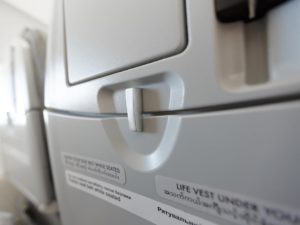 Thermoformers
Thermoformers
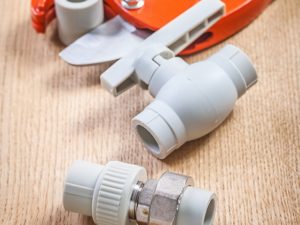 Valves & Fittings
Valves & Fittings
